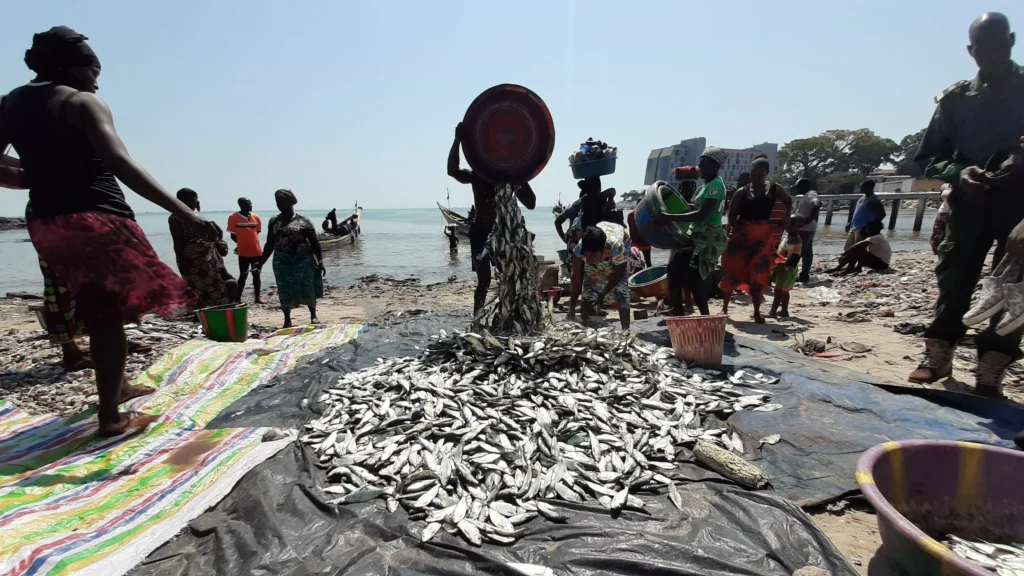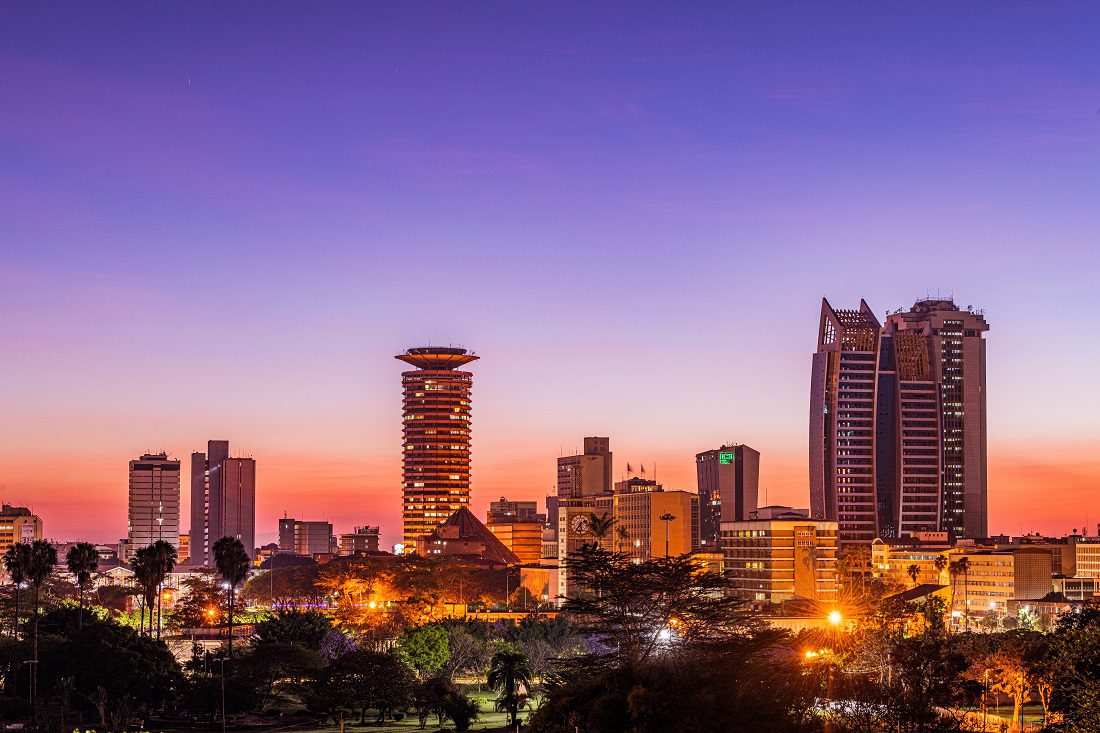
Thursday 27 November 2025

by inAfrika Newsroom
Kenya aquaculture feed shortages are emerging as a major risk to the country’s fast-growing fish farming industry, even as counties push to scale up cage culture and pond production on Lake Victoria and inland waters. New analysis from WorldFish warns that feed quality and cost remain the biggest constraints to sustainable growth in farmed tilapia and catfish.
The WorldFish assessment notes that commercial feed prices have risen faster than farm-gate fish prices, squeezing margins for smallholders and youth cooperatives. Moreover, many farmers still rely on low-protein, home-mixed feeds that slow growth rates and increase mortality. Homa Bay County this month adopted a new fisheries and aquaculture policy that seeks to tackle these bottlenecks by promoting local feed manufacturing, better extension services and improved input financing.
Officials in Homa Bay say the county will work with national regulators and private investors to attract at least one medium-scale Kenya aquaculture feed mill by 2027. In addition, the policy prioritises cold-chain upgrades, lake surveillance and restoration of degraded breeding grounds. However, sector experts warn that without coordinated standards and enforcement across the Lake Victoria basin, poor-quality feeds and water pollution could undermine regional blue economy targets.
County officials plan to map existing feed suppliers, identify gaps in quality, and encourage farmer cooperatives to negotiate bulk purchases with certified manufacturers. Nationally, the State Department for Blue Economy is reviewing incentives for importation of vitamins, premixes and machinery used in Kenya aquaculture feed production. Development partners are also exploring blended finance facilities that would reduce the cost of working capital for small feed mills.
A dependable Kenya aquaculture feed supply is central to lowering the price of fish protein for low-income households across East Africa. When farmers access quality feed, they can grow fish faster, cut losses and offer more affordable products in urban and rural markets. In addition, a local feed industry creates manufacturing jobs, new markets for maize, soy and sunflower, and opportunities for youth-led logistics and distribution businesses. Stronger aquaculture value chains also reduce pressure on overfished lakes and rivers, helping to protect shared water bodies and the livelihoods that depend on them.


